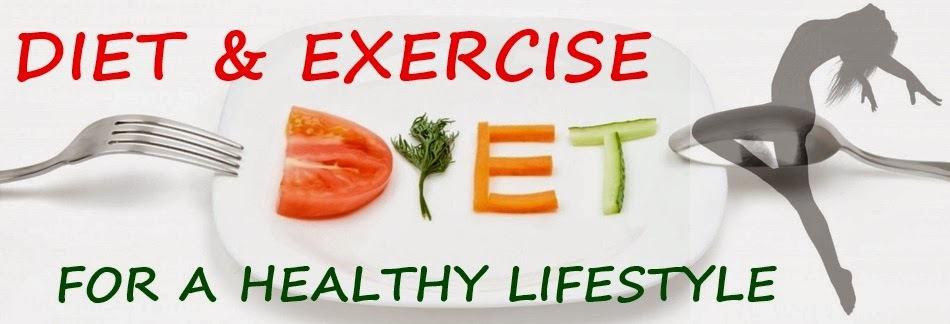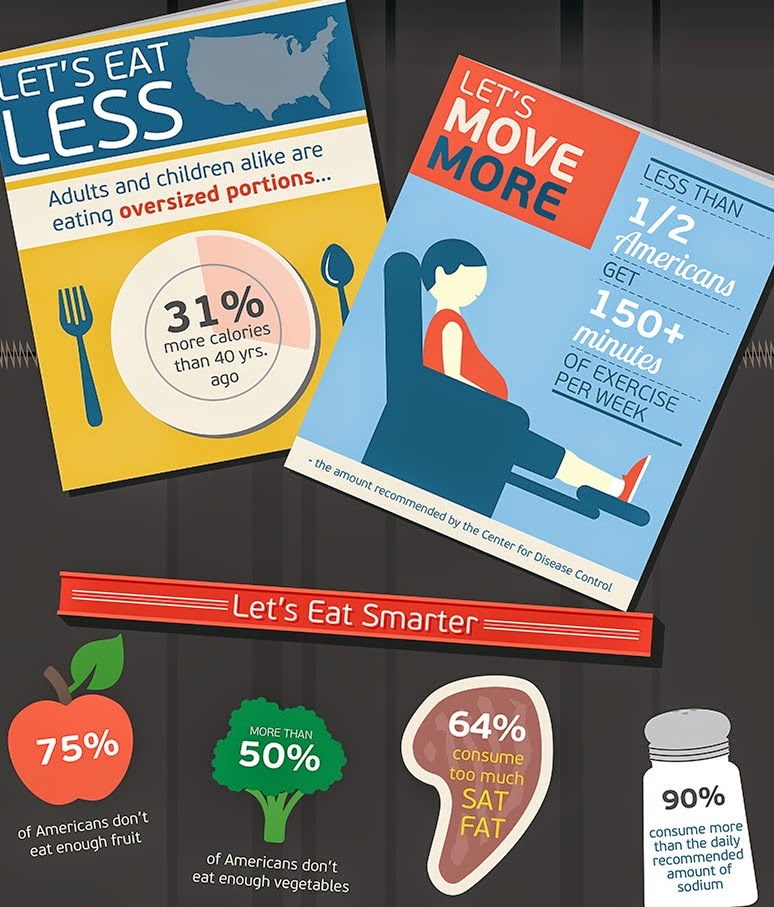Want to improve your diet? Just add white or brown rice to your daily meal. Eating rice can boost diet quality, reduce body weight and improve markers for health, a new study has found.
In a study published online in the journal Food and Nutrition Sciences, lead author Theresa Nicklas, DrPH, of Baylor College of Medicine, analyzed the National Health and Nutrition Examination Survey datasets from 2005-2010 and evaluated the association of rice consumption with overall diet quality and key nutrient intakes in a nationally representative sample of 14,386 U.S. adults.
"Our results show that adults who eat rice had diets more consistent with what is recommended in the U.S. Dietary Guidelines, and they showed higher amounts of potassium, magnesium, iron, folate and fiber while eating less saturated fat and added sugars," said Nicklas. "Eating rice is also associated with eating more servings of fruit, vegetables, meat and beans," she added.
The truth about rice
Americans enjoy some 27 pounds of enriched white and brown rice per person per year with the majority (70%) of rice consumption coming from enriched white rice. Americans eat a variety of grain-based foods, but rice stands out because it is eaten primarily as an intact grain that is naturally sodium free and has only a trace amount of fat, with no saturated fat. Consumers can control adding fat, salt and flavors at their discretion.
This research builds on two previously published studies that showed the positive contribution of rice to diet quality. A 2009 observational study found that rice eaters consumed significantly less fat and saturated fat and consumed more iron, potassium, fiber, meat, vegetables and grains.
A follow-up study in 2010 included children in the study group and further confirmed that rice consumption was associated with greater intake of a range of healthier foods and nutrients. The majority of rice consumed is white rice, indicating that rice, when consumed with other foods, such as fruit, vegetables, meat and beans, can provide valuable nutrients and boasts beneficial effects on consumer diets.
In addition to the positive results in
cross-sectional studies linking rice consumption with healthier diets, a
human clinical trial found that having white or brown rice at a meal
increased satiety and feelings of fullness more than a calorically
equivalent glucose solution control.
Considering the
cross-sectional and clinical findings, both enriched white rice and
whole grain brown rice should be recommended as part of a healthy diet.
Rice is a nutrient-rich carbohydrate
Rice is a quality carbohydrate. Rice is a naturally nutritious grain that provides about 100 calories per half-cup cooked serving and is naturally free of gluten. Brown rice is a 100% whole grain food and white rice is enriched with important nutrients, including folic acid and iron.
Rice is a quality carbohydrate. Rice is a naturally nutritious grain that provides about 100 calories per half-cup cooked serving and is naturally free of gluten. Brown rice is a 100% whole grain food and white rice is enriched with important nutrients, including folic acid and iron.
Both
enriched white rice and whole grain brown rice are considered
nutrient-rich quality complex carbohydrates and can be part of a
sustainable, plant-based diet that promotes optimal health.
Enriched
white rice contributes more than 15 vitamins and minerals, including
folate and other B vitamins, iron and zinc to the diet. Brown rice is
slightly higher in dietary fiber, magnesium and phosphorus, but lower in
B vitamins and iron than enriched, fortified white rice. Rice is
naturally low in sodium and cholesterol free and contains traces of fat
and no saturated or trans fats.
The research was supported by the United States Department of Agriculture and the School of Nutrition and Food Sciences, Louisiana State University Agricultural Center, Baton Rouge, and it was funded in part by The Rice Foundation.





















